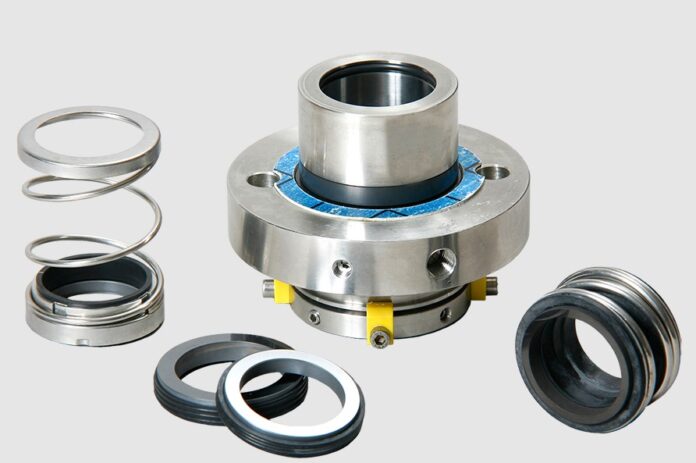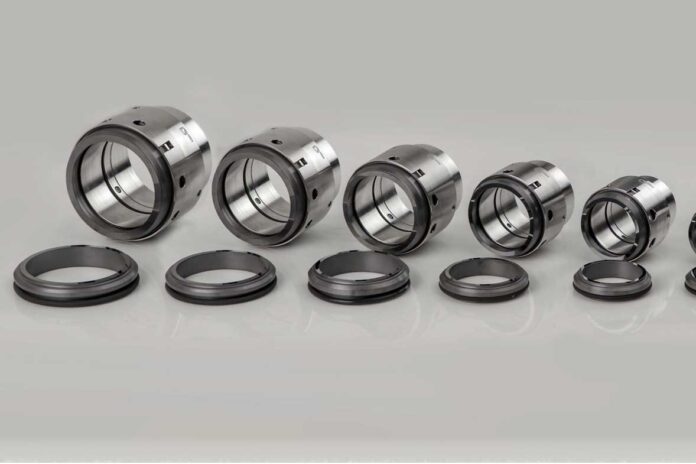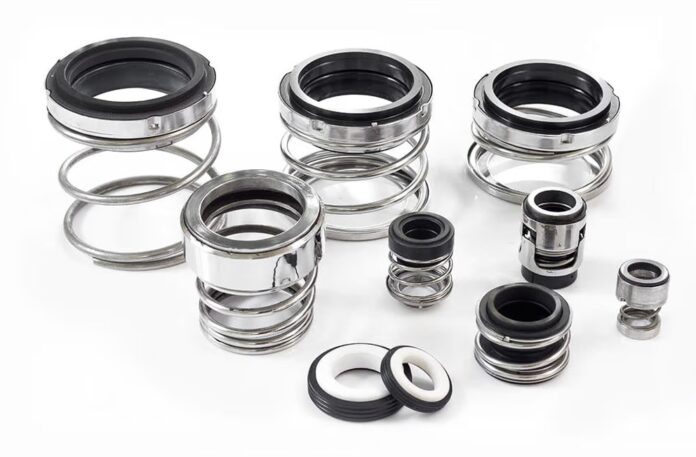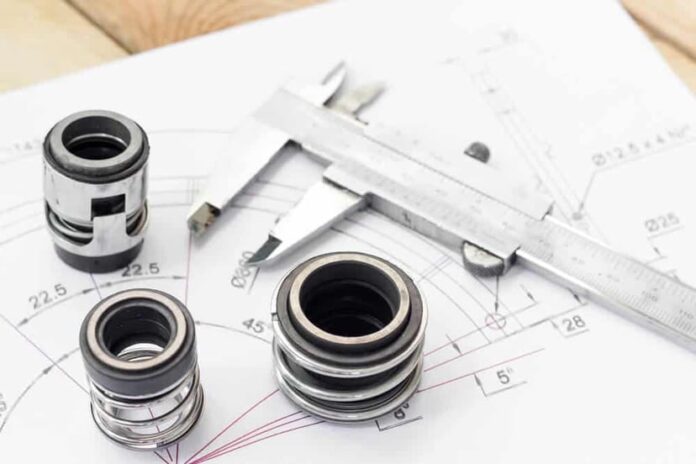
We can all agree that seals do not get the attention they need, and this is not something that will change in the future. However, that doesn’t justify the fact that they are a crucial part of every industry. Most people don’t know that things such as gaskets, o-rings, and of course, seals, are a part of practically every machine and equipment we use every day, both in our homes and at our workplaces.
Without having these inside the machines, it would be so challenging to accomplish even the simplest of actions, which are at the same time, crucial for every industry out there. One of the biggest misconceptions out there is that they are all the same and that they differ only in a small number of aspects. But when you scratch the surface you will see that this is not the right idea.
In fact, each one of these is made with a specific purpose in mind. Therefore, it is crucial to understand what someone wants to accomplish before taking a look at them. If you are interested in taking a look at some of these, be sure to click here. Today, we want to provide you with a comprehensive guide on how to understand each one of these parts, and how to make them a crucial part of your work.
The Main Types

The first thing that you should know is that three main types of mechanical seals are used in the process equipment, cartridge, air, and component. The first one, the cartridge is an end-face mechanical seal that is completely self-contained. By using these, various sorts of maintenance and cartridges are simplified, and that’s why they represent crucial elements for so many modus operandi out there.
The next sort we want to point out is air seals. We are talking about a pneumatic device, which is designed to seal the rotating shafts. In most cases, you will see that they are installed in slurry applications and dry powder. They are used for preventing any sort of product loss, contamination, and emissions. The air is used to create the needed pressure and cause an effective seal.
The third type we want to point out is known as a component. These consist of a stationary seat and a rotating member. What needs to be said about these is that they are somewhat more complicated to use than cartridge seals. With that in mind, we want to point out the importance of certain levels of knowledge before someone handles these. Without knowledge, they cannot be used just as well.
Subgroups of Seals

As we’ve already said, there are a couple of, let’s say, subgroups of seals, and now, we want to discuss them in greater detail.
Gaskets
Gaskets are made of flexible materials, like elastomeric. The goal of using them is to fill the space between the stationary components and the flat surfaces. The main goal of using these is to prevent all sorts of fluid leakage that can occur during the work process and later. Therefore, it is essential that they are put in a good spot, and that they provide the necessary stability to the machine as a whole.
We need to point out that gaskets come in a wide array of different sizes, shapes, and materials. Furthermore, we can see that they are used as a secondary seal in static applications. When you know that, it is safe to presume that they are easily among the most significant parts. So, paying attention to them is of the utmost importance, and it requires a little bit of skill.
O-Rings
The next commonest one you can find on the market is known as o-rings. We are talking about ring-shaped gaskets that can be used for both dynamic and static applications. Their design makes it possible for them to be in between the two components. Furthermore, the compression of these makes the fluid-tight seal, which will certainly prevent any sort of leaks out there from occurring.
Not to mention that these are quite resistant to all sorts of pressures, even extreme temperatures. When it comes to the materials these are made of, we would like to point out that they are numerous. For that reason, you must pay attention to numerous aspects before you opt for a material that fits the need of the machine at hand.
How to Select the Right One?

There are a couple of ways you can determine what sort of seals you should opt for.
Temperature Range
The first thing that you should pay attention to is the temperature range. We can see that not all the seals work properly in a certain environment, and the temperature range is the most important one to take into consideration.
With that in mind, you must choose the right material. What does that mean? For instance, you should opt for silicone. It is quite resistant to even the highest temperatures. So, we can see that o-rings are a great choice in this case.
High Pressure
Another factor that can determine what choice you will make in this regard is the amount of pressure. You should know that not all the seals out there can withstand the high pressure, and with them breaking, there is a high chance that the whole process can be put to stop.
Fluids and Viscosity
The last aspect that is worth taking a look at is viscosity and fluids. It means that the seal should be able to prevent fluids from going from one part of the machine to another one. Doing so helps prevents accidents that cannot only disrupt production for a certain period but can inflict long-term damage to the device as well.
Summary
Comprehending all the differences between categories of seals can be a lot of take at once. So, an individual must study the subject thoroughly and come up with proper conclusions. Naturally, this takes a certain time and effort. Here, we’ve provided you with all the relevant information regarding the subject.





